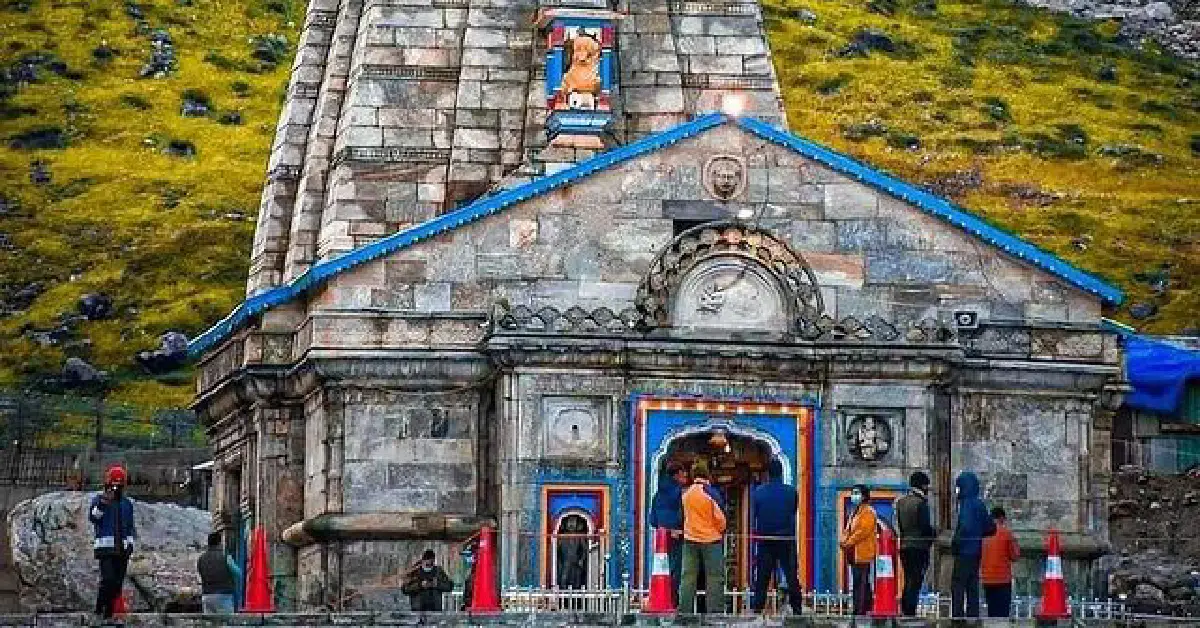The 4 Dham Yatra, also known as the 4 Dham Yatra, is a revered pilgrimage that encompasses four sacred sites in the Garhwal region of Uttarakhand, India: Badrinath, Kedarnath, Gangotri, and Yamunotri. Each of these sites holds immense significance in Hinduism, representing the spiritual sources of four major rivers: Alaknanda, Mandakini, Ganga, and Yamuna. This pilgrimage is not only a journey through breathtaking landscapes but also a profound spiritual experience that attracts millions of devotees each year.
Historical Background
The origins of the 4 Dham Yatra can be traced back to the 8th century when the great philosopher and reformer Adi Shankaracharya established these pilgrimage sites to revive Hinduism. His vision was to create a sacred circuit that would allow devotees to connect with the divine through nature and spirituality. Over centuries, the yatra has evolved, becoming a vital part of Hindu culture and tradition, with references to these sites appearing in ancient texts and scriptures .Historically, the journey to these Dhams was arduous, requiring physical endurance and determination. Pilgrims often faced challenging terrain and unpredictable weather conditions. However, with advancements in infrastructure since the mid-20th century, access to these holy sites has improved significantly, allowing more people to embark on this transformative journey
The Sacred Sites
1. Badrinath Dham
Badrinath is dedicated to Lord Vishnu and is one of the most prominent pilgrimage sites in India. The temple is situated on the banks of the Alaknanda River at an altitude of 3,133 meters (10,279 feet). It is believed that visiting Badrinath purifies one’s soul and grants salvation (moksha). The temple remains closed during winter months due to heavy snowfall and reopens in May each year
2. Kedarnath Dham
Located at an elevation of 3,583 meters (11,755 feet), Kedarnath temple is dedicated to Lord Shiva. It is one of the twelve Jyotirlingas and holds immense significance for devotees seeking blessings from Lord Shiva. The temple is surrounded by majestic mountains and is accessible via a trek from Gaurikund. Like Badrinath, Kedarnath also closes during winter months and reopens in May
3. Gangotri Dham
Gangotri is dedicated to Goddess Ganga, who is believed to have descended from heaven to Earth at this location. Situated at an altitude of 3,042 meters (10,013 feet), it marks the origin of the sacred river Ganga. The temple opens for pilgrims on Akshaya Tritiya each year and remains closed during winter
4. Yamunotri Dham
Yamunotri is dedicated to Goddess Yamuna and is located at an altitude of 3,293 meters (10,804 feet). It is considered a place for seeking blessings from Yamuna, who is believed to relieve devotees from the agony of death. The temple opens on Akshaya Tritiya and closes for winter as well
The Pilgrimage Experience
The Char Dham Yatra typically spans over 12 days but can be completed in as little as five days with proper planning. The pilgrimage usually begins in Haridwar or Rishikesh, where devotees prepare for their journey into the Himalayas.
Key Aspects of the Journey:
- Spiritual Preparation: Pilgrims often engage in rituals and prayers before embarking on their journey.
- Trekking: Many pilgrims choose to trek between Dhams, experiencing nature’s beauty while connecting with their spirituality.
- Accommodation: Basic accommodations are available along the route; some opt for organized tours that provide transportation and lodging.
- Registration: Registration for the Char Dham Yatra has become mandatory due to increased pilgrim numbers; this helps manage crowd control and ensure safety
Cultural Significance
The Char Dham Yatra represents more than just a physical journey; it symbolizes a spiritual quest for enlightenment and liberation from worldly attachments. It fosters a sense of community among pilgrims who share similar beliefs and aspirations.
FAQs about 4 Dham Yatra
Q1: What are the main Dhams included in the 4 Dham Yatra?
A1: The main Dhams are Badrinath, Kedarnath, Gangotri, and Yamunotri.
Q2: When do these temples open for pilgrims?
A2: Temples typically open around Akshaya Tritiya in May each year; specific dates may vary.
Q3: How long does it take to complete the 4 Dham Yatra?
A3: The yatra can take anywhere from 5 days to 12 days depending on individual preferences.
Q4: Is registration required for the 4 Dham Yatra?
A4: Yes, registration is mandatory for all pilgrims undertaking this journey.
Q5: What should I pack for my pilgrimage?
A5: Essential items include warm clothing, trekking gear, personal medications, and spiritual texts or items.
Conclusion
The 4 Dham Yatra is not only a pilgrimage but also a journey into oneself—a quest for spiritual growth amidst nature’s grandeur. It continues to inspire millions of devotees who seek solace and connection with the divine through this sacred circuit.




